Exploring the 3/6 Martyr Role Model Profile in Human Design
The 3/6 profile, the martyr role model in traditional human design, or as I like to say, the experiment mentor, is here to experiment and mentor others from the wisdom of your experiments.
An affirmation for the 3/6 Martyr Role Model Profile in Human Design
You are here to experiment and mentor others from the wisdom of your experiments. You are resilient, and authentic and you lead the people with your insights. You are sought out for your council. You find equilibrium by honoring your pull to dance with life while nourishing yourself with alone time. You build trust slowly with those who believe in your fundamentals. You show us what it means to be an embodied authentic leader who isn’t afraid to fail. Your failure fuel your wisdom. Your strength and determination inspire every soul you come in contact with.
Explaining the 3/6 Martyr Role Model Profile in Human Design for Business
Let’s dive into the 3/6 Martyr Role profile. With the 3/6 profile in human design, we are here with the third line, the experimenter. The 3rd line is really the transition between the first floor and the second floor. This is really how we make material in the world. This is how they have success on the material plane.
Then you have the sixth line who’s here to be a mentor and a role model. They are really here to show us how to lead in the world through guiding and giving others their quote, blessing, or stamp of approval. Th3 3/6 Martyr Role profile is a challenging profile because for the first 30 years, the six line exists in three phases, particularly in business.
Phase one to 30, phase two, 30 to 50, phase three, 50, and beyond. Those ages are approximate, but in the first 30 years, they are living as a double three profile. There is a lot of trial and error and experimentation. From the outside world, it can be very challenging. There can be a lot of failures that happen for the 3/6 Martyr Role profile, and it can come with a lot of shame and guilt. There is also deep wisdom in learning that happens during that phase of experimentation.
Phase two, which is 30 to 50 years, is a period of retreat as they go and build their foundation Then they climb back, go to the roof, and begin to observe and try to heal those wounds that they experienced in their first 30 years. This is often where they establish a family and build a foundation. But businesses often do things a little bit aloof here, they are not super connected to it.
In phase three, which is kind of 50 years and beyond, they start to re-engage with life. They come down from the roof or as I like to say, get your wings, and they can oscillate between this time of retreat and this time of being with the people. They have gained this wisdom, but still have these wounds they’ve gotten for the first 30 years.
Themes of the 3/6 Martyr Role Model Profile in Human Design
I don’t think most six lines wounds heal like a third line. They are always kind of tender. These are people who can be skeptical. They are very discerning with who they trust. They often observe before they engage, and yet people are constantly seeking out their approval. The challenge here is the third line wants to get into the field of life. They want to operate on the material plane, they want to be on the playing field. And the sixth line kind of prefers to be on the roof.
The third line wants to get its hands on things. And they’ve got double third line for their first 30 years. And so this is a struggle. These are people who bump into things, life bumps into them, and they have to realize that they are not a failure. They move about the world through trial and error. That’s how they experience the world.
There is this resiliency that is developed during that phase one for the 3/6 Martyr Role profile. It’s during that phase one that they also gain the experiences they need to turn that into wisdom in phases two and three. They experience what life is like and they realize that they don’t know that I actually like this. And they may feel sort of unfulfilled or incomplete or weary of life.
In phase two, they begin to experience more tension. It’s almost like they have two different personalities. The three, it bumps into things, life bumps into them. And then in they’ve got their sixth line that wants to retreat so they can become disinterested in life and what life has to offer because they’ve bumped into so many things.
There are often a lot of wounds from the first 30 years of life that lead to them not wanting to be down with the people. It doesn’t feel safe being down with the people so they want to stay up here. But the third line wants to jump into things. Which causes tension. Particularly during phases two and three, there are challenges that they face with perfectionism and trust, and indecision.
It’s during that second phase when they are here to establish a family. To have security and build that sense of what does my life look like? What does my career look like? What does my family look like? And that happens in phase two, but depending upon what happened in their first 30 years, they either balance this tension well or they don’t feel safe to head out into the world at all.
There’s usually not a lot of nuance in between that. It’s like people typically fall into one of two camps. At a healthy expression, the 3/6 Martyr Role profile needs to balance their desire to experiment and gain wisdom while also honoring their need to observe.
In phase three, they fully embody, they fully step onto the roof. They fully incorporate the wisdom that they learned from the first 30 years of life. They’re still going to bump into things and it’s often so that they can have more wisdom. The reality is they have this unique perspective. They are a valuable resource.
The 3/6 Martyr Role Model Profile in Human Design in the Real World
They are sounding boards for other people. They don’t really lead by getting their hands dirty. They may lead by getting their hands dirty for themselves, but that’s not necessarily how they guide other people. People will come to the 3/6 Martyr Role profile for council and they’ll get guidance, and then the 3/6 Martyr Role profile in human design will immediately get back on the roof and observe.
It takes time for these people to develop self-confidence, develop self-trust to gain mastery because there’s this constant dancing with their discoveries of their third line and the wisdom that comes along with that. Then the sixth line is a living example of a lesson learned. These are people who as they mature, gain more wisdom, gain more trust, gain more confidence over time, and they embody leading by learning from mistakes.
They really have the resilience to stick with the course in spite of what might come up. They are strong, and they have the capacity to show the world a new way to lead. They persevere. It’s important to understand that the challenges here are abundant. The reality is awareness is critical because the three and the six operate fundamentally differently. One’s in the lower trigram, but they face two different struggles.
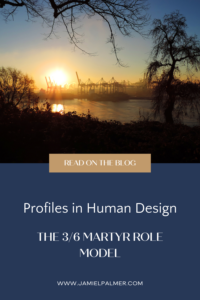
The Challenges of the 3/6 Martyr Role Model Profile in Human Design
The 3/6 Martyr Role profile in human design might often feel like they’re just fighting themselves or that they have two different personalities. Learning to navigate that becomes key. Six lines have this wound from the first 30 years that’s tender. This leads them to struggle to trust other people. It may lead them to sit in indecision, it may lead them to perfectionism.
They’ll sit there and tweak, hone, adjust, modify, learn, and observe for years. But they never really step into that mentor/role model role. It’s important to note that just because you’re a sixth line does not mean that you’re automatically guaranteed to step into that role model role, particularly if you have not been following your strategy and authority – nobody really talks about this.
This 3/6 Martyr Role profile may never step into that mental role because they don’t feel safe. It’s important to understand that there is a lack of trust, both internally and externally. They don’t trust themselves to come down from the roof because they don’t know what will happen. They don’t know if they can trust other people. It’s important for them to integrate the experience experiments that they had into learning so that six line can carry that with them.
The reality is when they do turn that into wisdom, they’ll thrive. It’s important for them to understand that the sixth line doesn’t want to get hurt. The third line operates through trial and error. So there’s a tension there that exists. 3/6 Martyr Role profile children are often labeled as failures. They often make and break a lot of things early in life, and they often carry those wounds into adulthood.
They often experience a lot of shame and a lot of mistakes. It really piles up and leaves them feeling inferior to other people. This may lead them to want to give up and hide away. Teaching a 3/6 Martyr Role child how you go about learning in the world and that your great discoveries come from experimentation is really important.
For a 3/6 Martyr Role, we want them to be engaged in the wonder of life. But these childhood wounds can carry a great deal of distress into adulthood. For the 3/6 Martyr Role, they end up with trust issues and they struggle in relationships. They also can really get into indecision of whether or not they should move forward, whether it’s the right time or not, or whether they should get off the roof or whether or not they should engage in life.
Really understanding and leaning into their strategy and authority is really what becomes key, because perfectionism is ever present in a 3/6 Martyr Role. They have high standards, they have high expectations. They don’t really like to fully commit to things until they are certain they can meet the expectations they’ve set for themselves. And often the expectations that they’ve set for themselves are incredibly realistic.
There’s a lot that you have to kind of contend with as a 3/6 Martyr Role profile in human design. The reality is they are keenly aware of the fact that there are many ways to accomplish the same thing. And there is no one answer. There are many answers. That’s a really important thing to understand.
Questions to ask a 3/6 Martyr Role Model in Human Design
- Can I trust this person, this idea, this environment?
- What did I learn from this experience?
- Am I sitting in indecision?
- What do you recommend? Even though you may not want to personally be involved?
- Am I identifying with my mistakes or am I using, looking at my mistakes as a way in which I gained wisdom?
- Where might I need to reestablish a bond in my relationships?
- Am I sitting on the fence of indecision?
- Am I obsessing over something as a means to avoid moving forward or coming off of the roof? Am I spending time alone?
- Am I spending time with people?
- What stories am I telling myself that are no longer serving me?
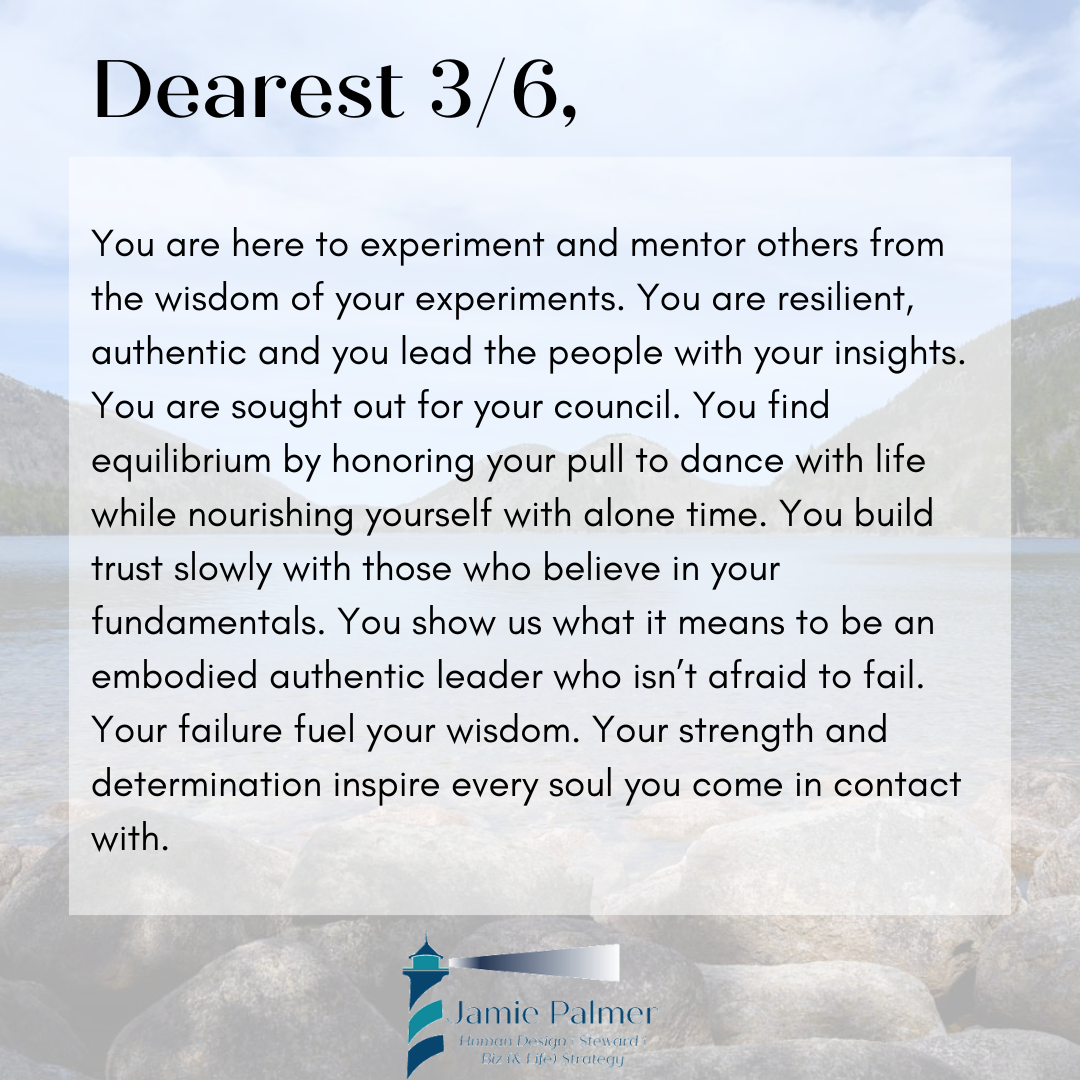
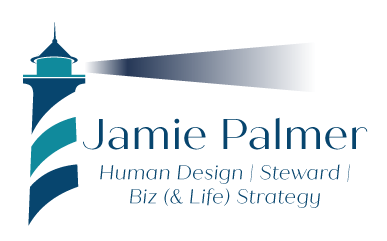




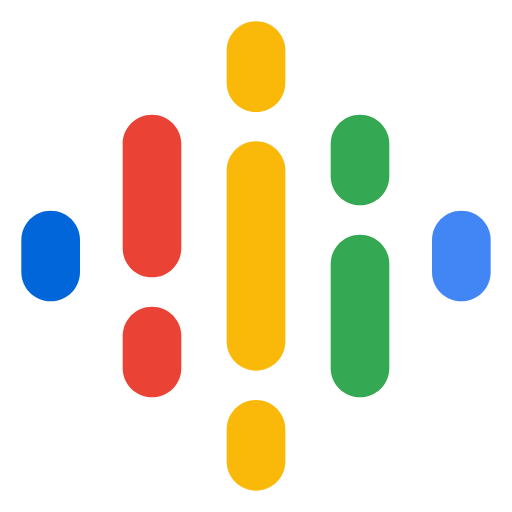

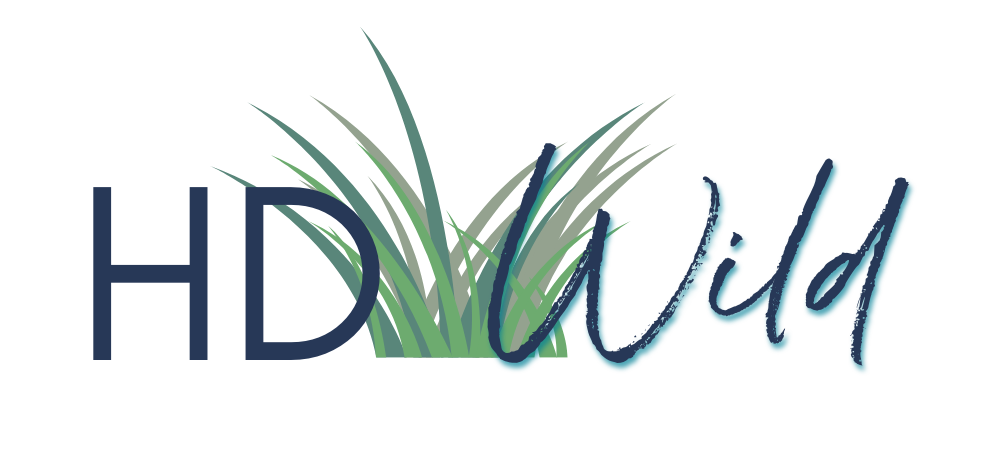

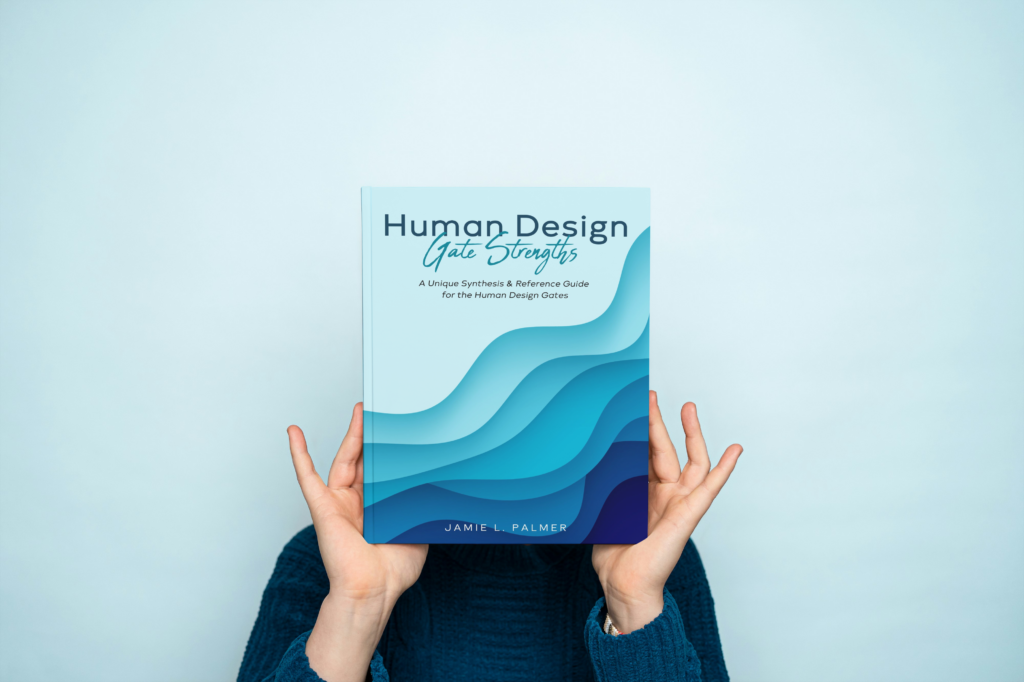

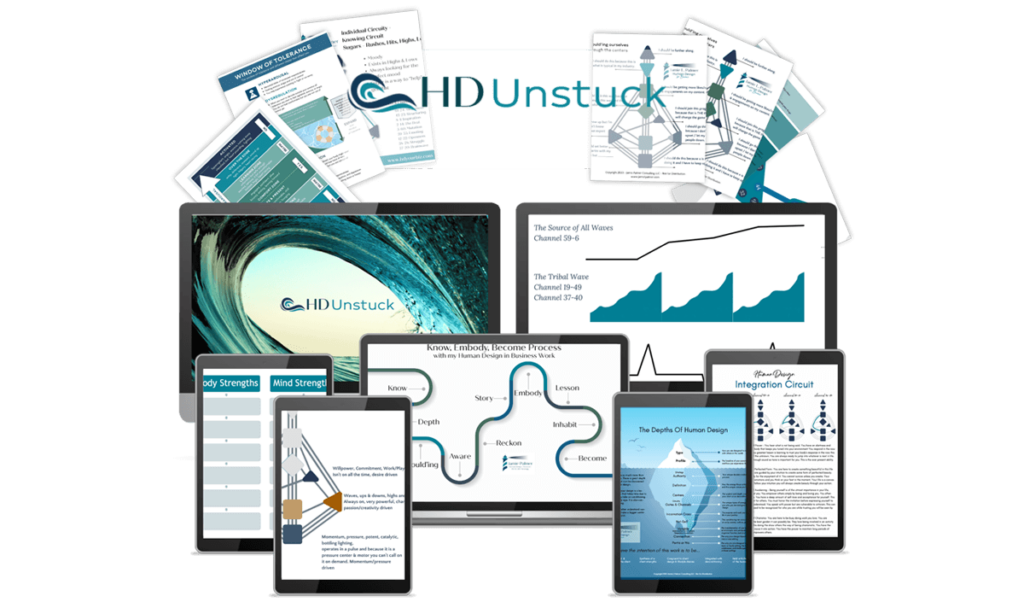

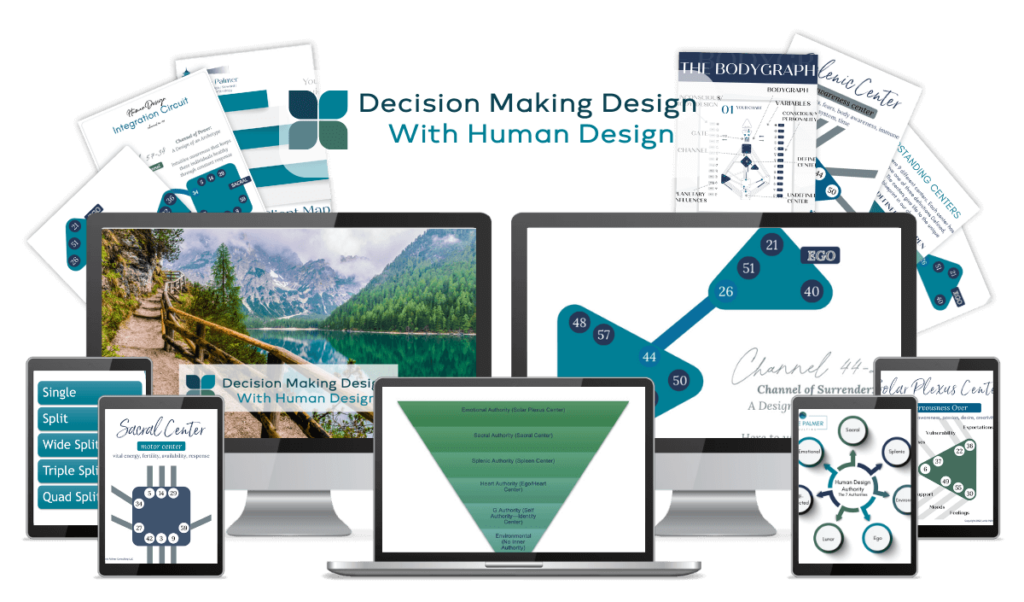
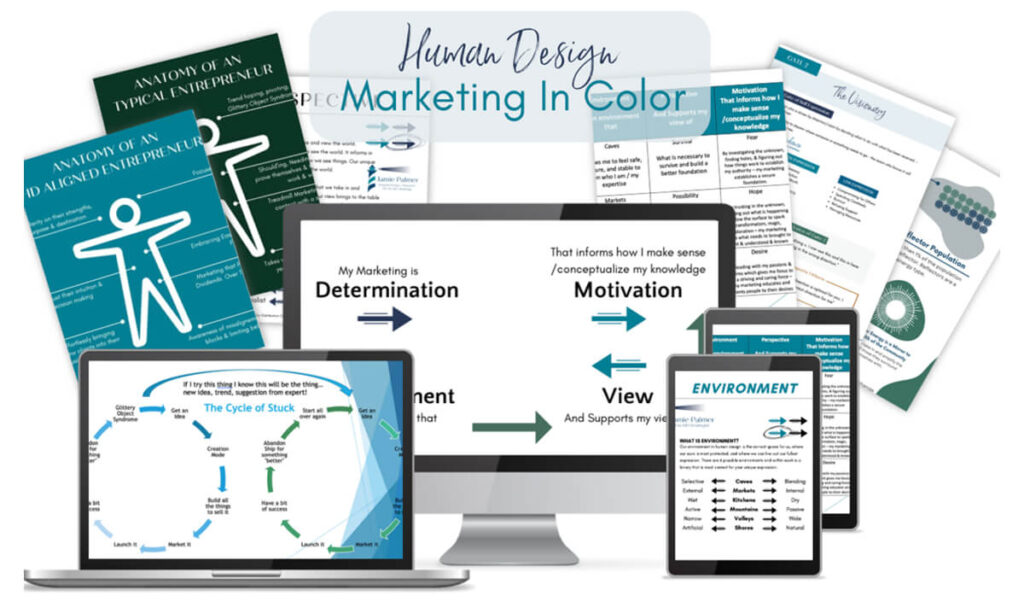
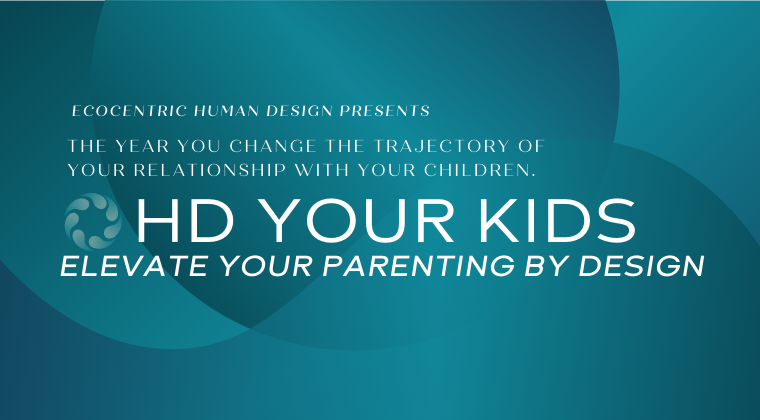
Recent Comments